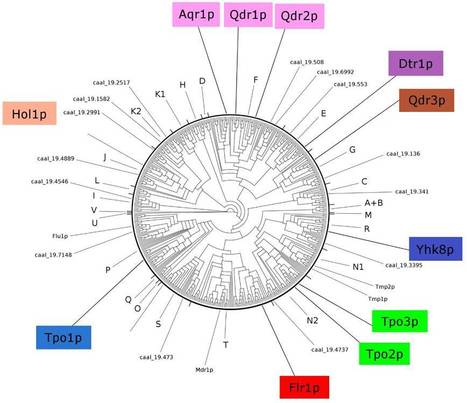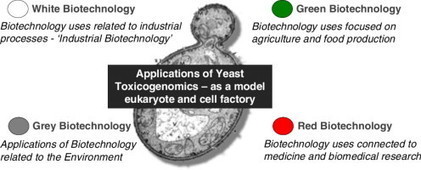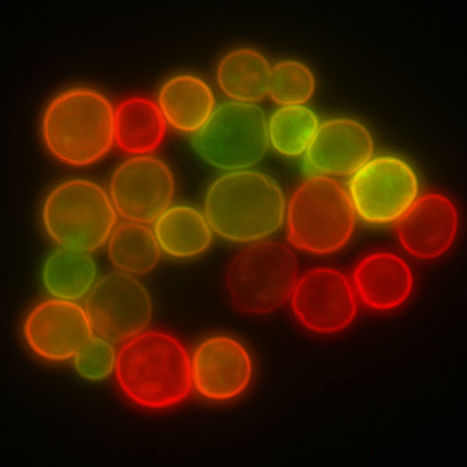The taxonomy of Burkholderia cepacia complex (Bcc) has recently evolved significantly. The novel species B. contaminans and B. lata were proposed for a divergent group of bacteria formerly classified as B.cepacia recA K. In a recent publication in the Journal of Medical Microbiology, Carla Coutinho and Isabel Sá-Correia from BSRG-iBB, together with researchers from Hospital de Santa Maria (HSM) in Lisbon, have re-examined the taxonomic position, at the species level, of several isolates previously classified as B. cepacia recA K from a Bcc collection and also extended the identification to other isolates retrieved from CF patients under surveillance at the major Portuguese CF Center at HSM. During 15 years of epidemiological surveillance of respiratory infections involving Bcc in this Portuguese CF Center, B. contaminans was found to be involved in chronic and transient infections or to have been eradicated. The clinical outcome of the infected patients under study provided new information on the clinical impact of the rarely found B. contaminans species in CF respiratory infections. Click on tile to learn more.
Research and publish the best content.
Get Started for FREE
Sign up with Facebook Sign up with X
I don't have a Facebook or a X account
Already have an account: Login
 Your new post is loading... Your new post is loading...
 Your new post is loading... Your new post is loading...
No comment yet.
Sign up to comment
|
|












